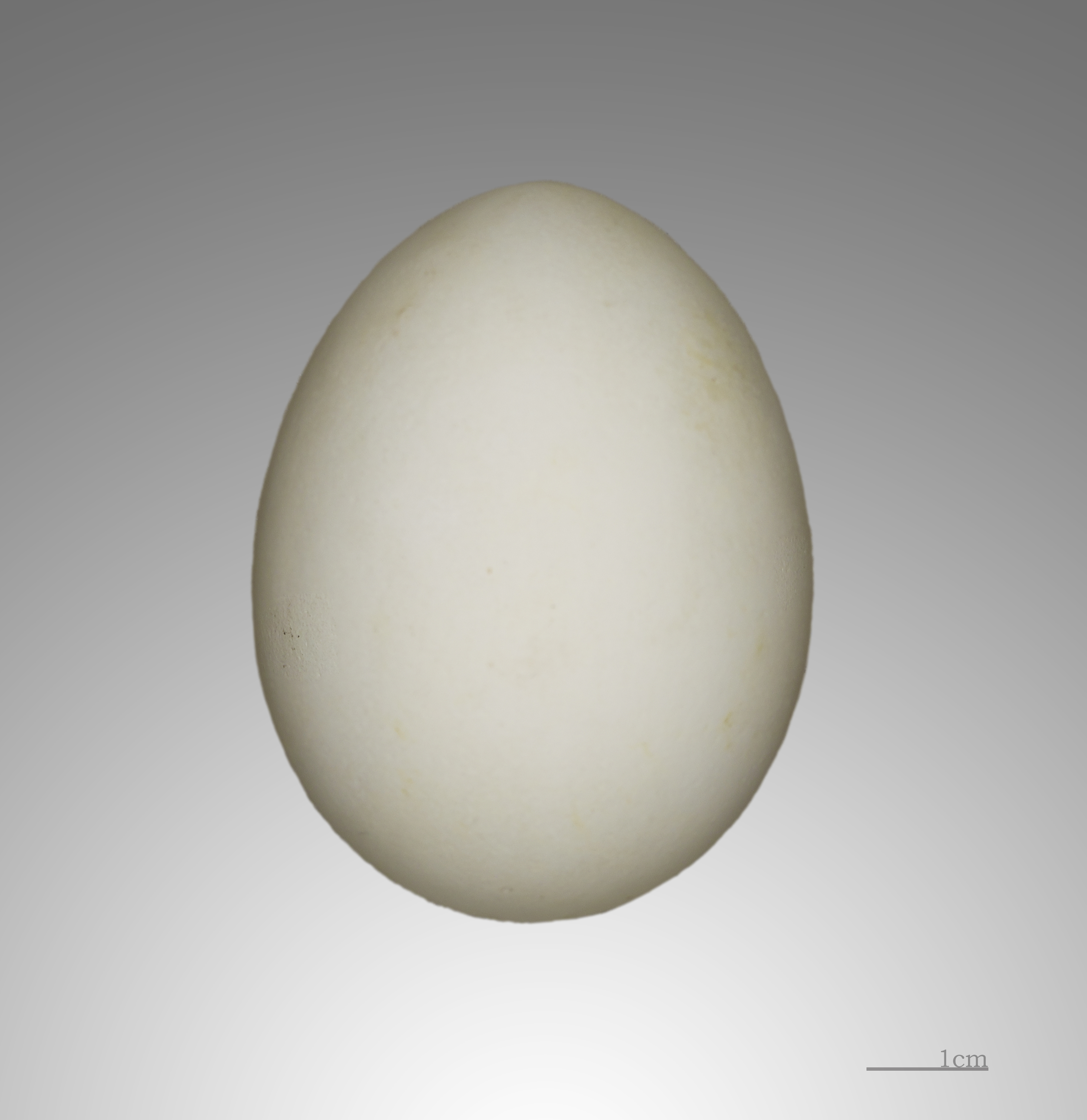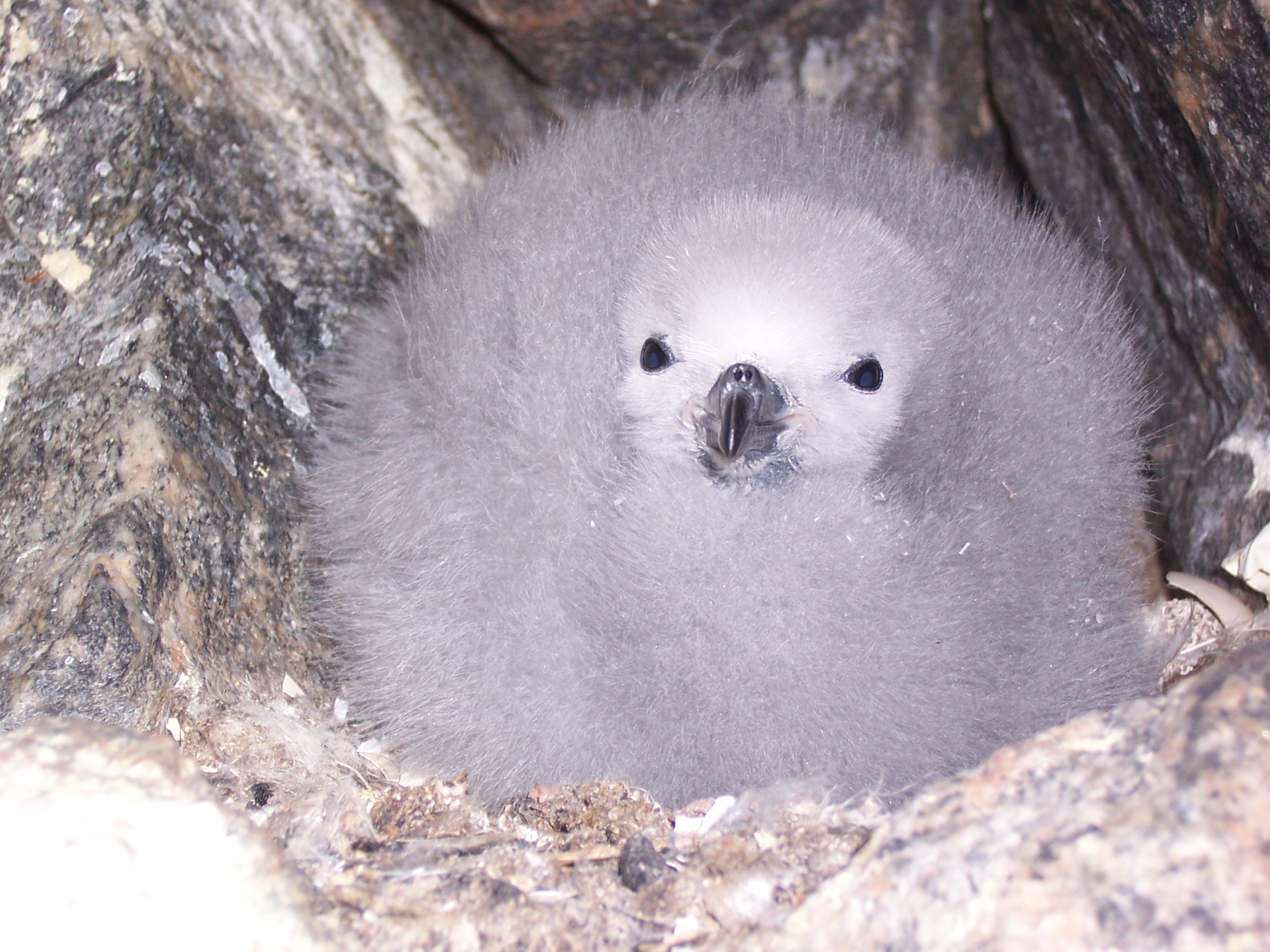Snow petrel on:
[Wikipedia]
[Google]
[Amazon]
The snow petrel (''Pagodroma nivea'') is the only member of the genus ''Pagodroma.'' It is one of only three birds that has been seen at the Geographic South Pole, along with the


 Breeding occurs in
Breeding occurs in
Antarctic petrel
The Antarctic petrel (''Thalassoica antarctica'') is a boldly marked dark brown and white petrel, found in Antarctica, most commonly in the Ross and Weddell Seas. They eat Antarctic krill, fish, and small squid. They feed while swimming but can d ...
and the south polar skua
The south polar skua (''Stercorarius maccormicki'') is a large seabird in the skua family, Stercorariidae. An older name for the bird is MacCormick's skua, after explorer and naval surgeon Robert McCormick, who first collected the type specimen ...
, which have the most southerly breeding sites of any bird, inland in Antarctica.
Taxonomy
The snow petrel was described in 1777 by the German naturalistGeorg Forster
Johann George Adam Forster, also known as Georg Forster (, 27 November 1754 – 10 January 1794), was a German naturalist, ethnologist, travel writer, journalist and revolutionary. At an early age, he accompanied his father, Johann Reinhold F ...
in his book ''A Voyage Round the World
''A Voyage Round the World'' (complete title ''A Voyage Round the World in His Britannic Majesty's Sloop, Resolution, Commanded by Capt. James Cook, During the Years 1772, 3, 4, and 5'') is Georg Forster's report on the second voyage of the B ...
''. He had accompanied James Cook on Cook's second voyage to the Pacific.
We particularly observed a petrel, about the size of a pigeon, entirely white, with a black bill and blueish feet; it constantly appeared about the icy masses, and may be looked upon as a sure fore-runner of ice.Forster placed the snow petrel in the genus ''
Procellaria
Procellaria is a genus of Southern Ocean long-winged seabirds related to prions, and within the order Procellariiformes. The black petrel (''Procellaria parkinsoni'') ranges in the Pacific Ocean, and as far north as Central America. The spe ...
'' that had been erected for the petrels by Carl Linnaeus in 1758 and coined the binomial name
In taxonomy, binomial nomenclature ("two-term naming system"), also called nomenclature ("two-name naming system") or binary nomenclature, is a formal system of naming species of living things by giving each a name composed of two parts, bot ...
''Procellaria nivea''. The snow petrel is now the only species placed in the genus ''Pagodroma'' that was introduced for the snow petrel in 1856 by French naturalist Charles Lucien Bonaparte
Charles Lucien Jules Laurent Bonaparte, 2nd Prince of Canino and Musignano (24 May 1803 – 29 July 1857), was a French naturalist and ornithologist. Lucien and his wife had twelve children, including Cardinal Lucien Bonaparte.
Life and career
...
. The genus name combines the Ancient Greek ''pagos'' meaning "frost" or "sea-ice" with ''dromos'' meaning "racer" or "runner". The specific epithet is from the Latin ''niveus'' meaning "snow-white". The word "petrel" is derived from Peter the Apostle
) (Simeon, Simon)
, birth_date =
, birth_place = Bethsaida, Gaulanitis, Syria, Roman Empire
, death_date = Between AD 64–68
, death_place = probably Vatican Hill, Rome, Italia, Roman Empire
, parents = John (or Jonah; Jona)
, occupation ...
and the story of his walking on water. This is in reference to the petrel's habit of appearing to run on the water to take off.
Snow petrels vary significantly in size with two different forms, a larger and a smaller. The two forms hybridise extensively and this has led to uncertainty about the taxonomic status and the precise geographic distribution of the different types. In 1857 Bonaparte in his ''Conspectus Generum Avium'' listed subspecies ''major'' and ''minor'' but as he provided no further information, these names are not recognised and are considered as '' nomen nudum''. The German ornithologist Hermann Schlegel in 1863 provided descriptions for the subspecies ''minor'' and ''major'' but erroneously believed that Forster's original description applied to the larger form. In 1912 Gregory Mathews
Gregory Macalister Mathews CBE FRSE FZS FLS (10 September 1876 – 27 March 1949) was an Australian-born amateur ornithologist who spent most of his later life in England.
Life
He was born in Biamble in New South Wales the son of Robert H ...
, in the second volume of his ''Birds of Australia'', treated the larger form as a separate species and introduced the binomial name ''Pagodroma confusa''. The two forms are now usually treated as subspecies and Schlege is acknowledged as the authority for the larger subspecies.
The snow petrel is a member of the family Procellariidae
The family Procellariidae is a group of seabirds that comprises the fulmarine petrels, the gadfly petrels, the diving petrels, the prions, and the shearwaters. This family is part of the bird order Procellariiformes (or tubenoses), which al ...
, and the order
Order, ORDER or Orders may refer to:
* Categorization, the process in which ideas and objects are recognized, differentiated, and understood
* Heterarchy, a system of organization wherein the elements have the potential to be ranked a number of ...
Procellariiformes
Procellariiformes is an order of seabirds that comprises four families: the albatrosses, the petrels and shearwaters, and two families of storm petrels. Formerly called Tubinares and still called tubenoses in English, procellariiforms are oft ...
. They all share certain identifying features. First, they have nasal passages that attach to the upper bill called naricorns. The bills of Procellariiformes are also unique in that they are split into seven to nine horny plates. They produce a stomach oil made up of wax esters and triglycerides that is stored in the proventriculus. This can be sprayed out of their mouths as a defense against predators (principally skua
The skuas are a group of predatory seabirds with seven species forming the genus ''Stercorarius'', the only genus in the family Stercorariidae. The three smaller skuas, the long-tailed skua, the Arctic skua, and the pomarine skua are called ja ...
s) and as an energy-rich food source for the chicks and for the adults during their long flights. Finally, they also have a salt gland situated above the nasal passage which helps desalinate their bodies, due to the high amount of ocean water that they imbibe. It excretes a high saline solution from their nostrils.
Subspecies
Two subspecies are recognised: * ''P. n. nivea'' ( Forster, G, 1777) – breeds on theAntarctic Peninsula
The Antarctic Peninsula, known as O'Higgins Land in Chile and Tierra de San Martín in Argentina, and originally as Graham Land in the United Kingdom and the Palmer Peninsula in the United States, is the northernmost part of mainland Antarctic ...
, South Georgia Islands
)
, anthem = "God Save the King"
, song_type =
, song =
, image_map = South Georgia and the South Sandwich Islands in United Kingdom.svg
, map_caption = Location of South Georgia and the South Sandwich Islands in the southern Atlantic Oce ...
, and other islands of the Scotia Arc
The Scotia Arc is the island arc system forming the north, east and south border of the Scotia Sea. The northern border, the North Scotia Ridge, comprises (from west to east) Isla de los Estados at the tip of Tierra del Fuego, the Burdwood, Davis, ...
* ''P. n. major'' ( Schlegel, 1863) – formerly ''P. n. confusa'' ( Mathews, 1912) – breeds on the South Sandwich Islands
)
, anthem = "God Save the King"
, song_type =
, song =
, image_map = South Georgia and the South Sandwich Islands in United Kingdom.svg
, map_caption = Location of South Georgia and the South Sandwich Islands in the southern Atlantic Oce ...
and Géologie Archipelago

Description
The snow petrel is a small, pure whitefulmarine petrel
The fulmarine petrels or fulmar-petrels are a distinct group of petrels within the family Procellariidae. They are the most variable of the four groups within the Procellariidae, differing greatly in size and biology. They do, however, have a un ...
with coal-black eyes, a small black bill and bluish gray feet. Body length is and the wingspan is . Flight is erratic with frequent changes of direction.
Behavior
Snow petrels are almost entirely restricted to cold Antarctic waters. Flocks are characteristically seen sitting on icebergs.Breeding

 Breeding occurs in
Breeding occurs in colonies
In modern parlance, a colony is a territory subject to a form of foreign rule. Though dominated by the foreign colonizers, colonies remain separate from the administration of the original country of the colonizers, the '' metropolitan state'' ...
on the Antarctic continent and on various Antarctic islands. Nesting is colonial in small to large colonies on exposed rocks, usually near the sea, but also on inland mountain ranges more than from the open sea. Some birds remain at the colony all year, but the main influx at colonies is from the mid-September until early November. Nests are simple pebble-lined scrapes usually in a deep rock crevices with overhanging protection. Nests are abandoned if concealed by heavy snowfall; egg mortality is 50%, and chick mortality is 10–15%. One white egg
An egg is an organic vessel grown by an animal to carry a possibly fertilized egg cell (a zygote) and to incubate from it an embryo within the egg until the embryo has become an animal fetus that can survive on its own, at which point the a ...
is laid between late November and mid-December. The egg is incubated 41 to 49 days and the chick is brooded for 8 days. They fledge
Fledging is the stage in a flying animal's life between hatching or birth and becoming capable of flight.
This term is most frequently applied to birds, but is also used for bats. For altricial birds, those that spend more time in vulnerab ...
7 weeks later in late February to mid-May. Colonies are also the sites of cleaning areas where snow petrels, far from the sea, bathe in snow.
Snow petrel partners are faithful for life (around 20 years).
Feeding
Snow petrels feed mainly on fish, somecephalopod
A cephalopod is any member of the molluscan class Cephalopoda (Greek plural , ; "head-feet") such as a squid, octopus, cuttlefish, or nautilus. These exclusively marine animals are characterized by bilateral body symmetry, a prominent head, a ...
s, mollusks, and krill
Krill are small crustaceans of the order Euphausiacea, and are found in all the world's oceans. The name "krill" comes from the Norwegian word ', meaning "small fry of fish", which is also often attributed to species of fish.
Krill are cons ...
, as well as carrion
Carrion () is the decaying flesh of dead animals, including human flesh.
Overview
Carrion is an important food source for large carnivores and omnivores in most ecosystems. Examples of carrion-eaters (or scavengers) include crows, vultures, c ...
in the form of seal placentas, dead/stillborn seals, whale carcasses, and dead penguin chicks. During the winter, they disperse to the pack ice
Drift ice, also called brash ice, is sea ice that is not attached to the shoreline or any other fixed object (shoals, grounded icebergs, etc.).Leppäranta, M. 2011. The Drift of Sea Ice. Berlin: Springer-Verlag. Unlike fast ice, which is "fastene ...
, ice floes, and the open sea. Flocks are characteristically seen sitting on icebergs. Only very rarely are they observed north of the pack ice.
Conservation
The snow petrel has an occurrence range of , and an estimated population of 4 million adult birds. Based on these numbers, the IUCN has classified this bird asleast concern
A least-concern species is a species that has been categorized by the International Union for Conservation of Nature (IUCN) as evaluated as not being a focus of species conservation because the specific species is still plentiful in the wild. T ...
.
References
{{Taxonbar, from=Q166442 snow petrel snow petrel Birds of Antarctica Birds of islands of the Atlantic Ocean Birds of subantarctic islands snow petrel South Pole